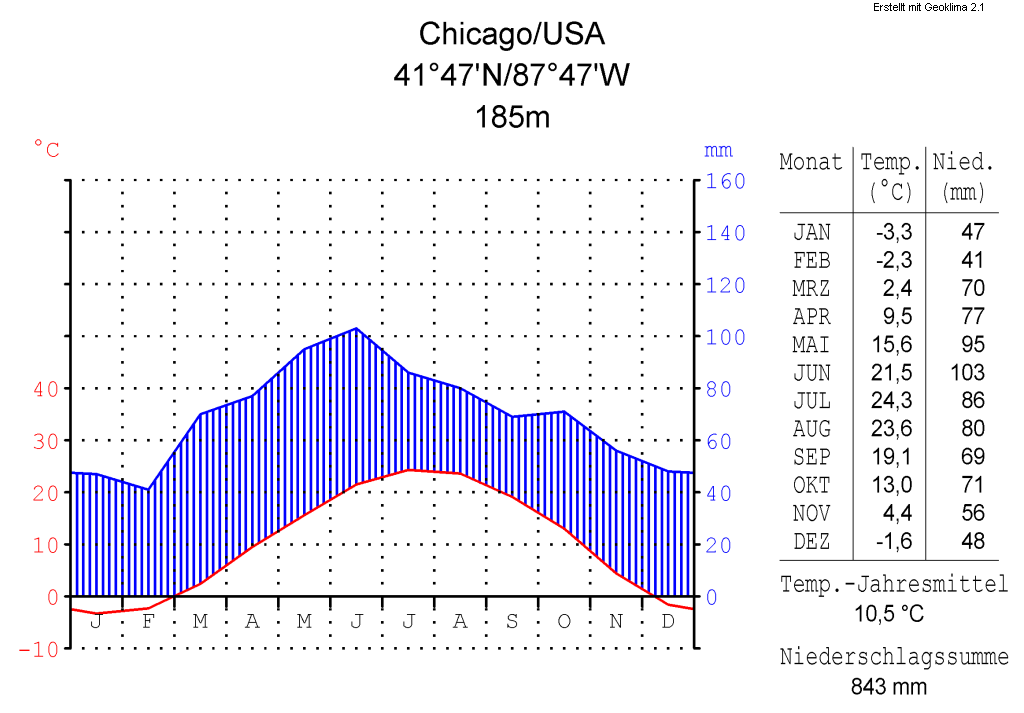55 Facts About Chicago, Illinois

Chicago, the Windy City, is one of America’s most famous and iconic metropolises. As the third largest city in the United States, Chicago brims with world-class architecture, culture, entertainment, dining, sports, and more.
From its towering skyscrapers kissing the sky along Lake Michigan to its rollicking history that shaped modern America, Chicago occupies a special place in the nation’s identity. It’s a city of neighborhoods, each with its flair. Of deep-dish pizza parlors, hot dog stands, and some of the finest restaurants in the world. Where the Chicago Cubs finally broke their epic World Series curse, Michael Jordan’s Bulls dominated basketball in the 90s, and Frank Lloyd Wright revolutionized architecture.
Chicago’s magnificent mile of Michigan Avenue shopping gives way to miles of pristine public parks and beaches. Millennium Park’s gleaming Bean sculpture reflects the city’s blend of contemporary and classic. From legendary music venues and comedy halls that launched comedians like John Belushi, Bill Murray, and Tina Fey to world-renowned art collections, Chicago’s culture-pulsing creativity electrifies the city.
This is just a sampling of what makes Chicago a world-class destination and an American icon. Whether you’re visiting or just want to learn more, read on for 55 fascinating facts spanning history, geography, culture, sports, transportation, food, and more about the great city of Chicago, Illinois. It’s the Windy City tour you won’t want to miss!
History of Chicago
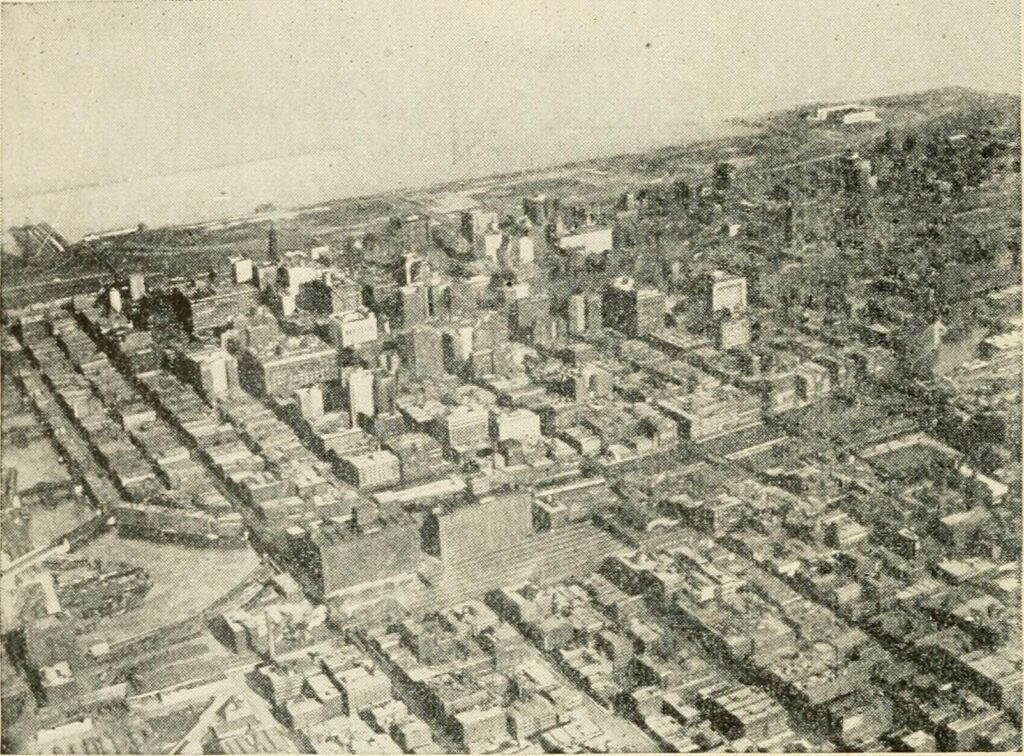
- Chicago was first inhabited by the native Potawatomi tribe. The area was mainly swampy prairie land before development. French explorers were the first Europeans to reach Chicago in the late 1600s.
- Its name comes from a Native American word for “wild onion.” The Chicago River was named after the wild leeks or “shikaakwa” that grew along its banks.
- Chicago was incorporated as a town in 1833 and as a city in 1837. Its population exploded from just 350 in 1833 to over 4,000 by 1840.
- The Great Chicago Fire of 1871 destroyed over 17,000 buildings. The fire killed 300 people and left over 100,000 residents homeless.
- Chicago hosted the World’s Columbian Exposition in 1893. This World’s Fair celebrated the 400th anniversary of Columbus’s arrival in America.
- Al Capone ruled the Chicago organized crime scene in the 1920s. His bootlegging operation during Prohibition brought in over $100 million per year.
- Chicago has over 77 defined community areas. These unofficial neighborhoods each have unique identities and flavors.
- Its Chinatown is one of the largest in North America. The original neighborhood dates back to 1912.
Geography
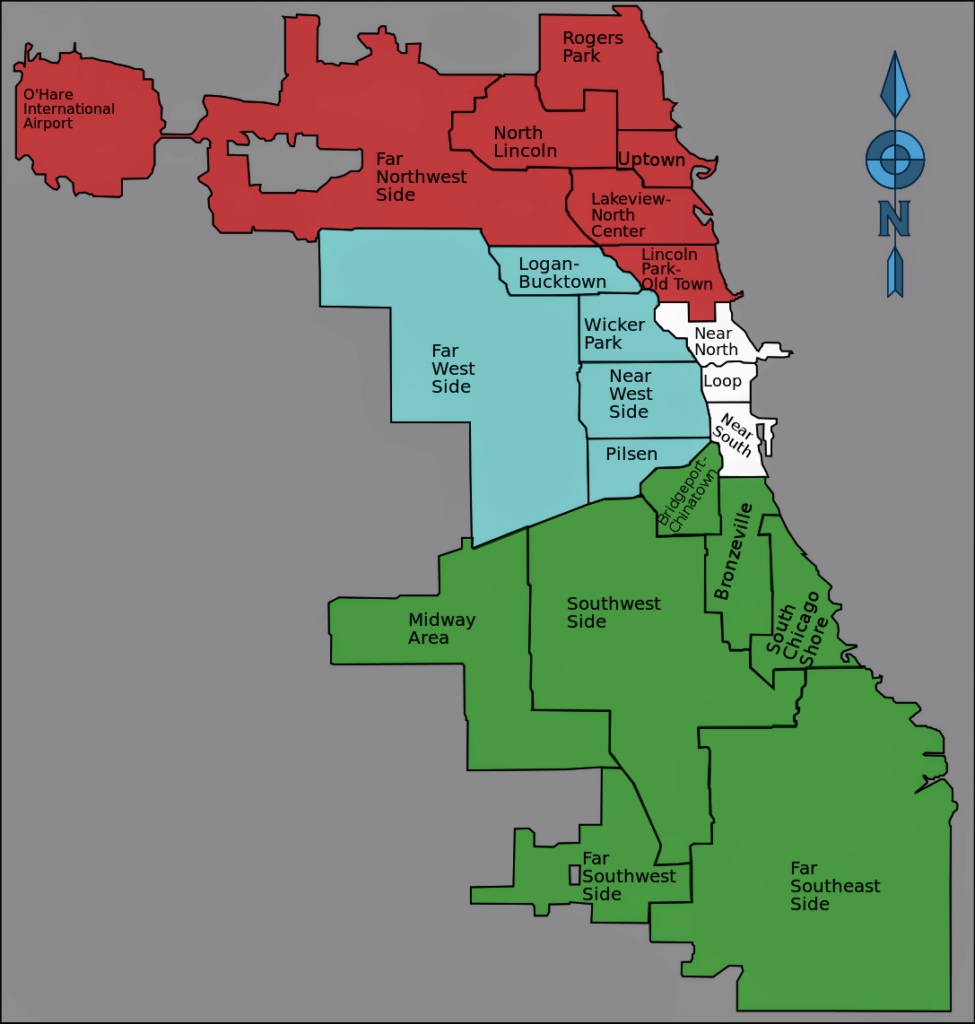
- Chicago sits on the southwestern shore of Lake Michigan. It’s the third largest city in the U.S. after New York and Los Angeles.
- The city covers 234 square miles of land. The metro area spans almost 10,000 square miles.
- Its official coordinates are 41°53′N 87°38′W. Chicago sits 579 feet above sea level.
- Chicago reversed the flow of the Chicago River in 1900. Engineers did this for sanitation reasons, sending waste away from Lake Michigan.
- Lake Michigan water is dyed green each St. Patrick’s Day. This decades-old tradition involves dumping green vegetable dye in the river.
- Chicago is known as the “Second City.” This nickname comes from rebuilding quickly after the Great Fire.
- The Willis Tower (formerly Sears Tower) is a Chicago icon. At 1,450 feet tall, it was the tallest building in the world until 1996.
Climate and Weather
- Chicago lies in the humid continental climate zone. It sees all four seasons, with hot summers and cold, snowy winters.
- Its average high temperature in July is 84°F (29°C). January sees average highs around 31°F (-1°C).
- Chicago’s yearly precipitation averages 36 inches (914 mm). Most rainfall occurs from May to September.
- It’s nicknamed “The Windy City” due to its frequent windy conditions. The breezy location by Lake Michigan may have also led to boastful politicians being called “windbags.”
- The highest recorded temperature was 105°F (41°C) in July 1934. The coldest reading hit -27°F (-33°C) in January 1985.
- Chicago sees around 39 inches of snow each winter on average. Its snowiest winter on record was in 1978-79 with 89.7 inches.
- Lake effect snow frequently blankets the city in winter. Cold air blowing over the warmer lake produces intense snow bands.
Culture and Entertainment
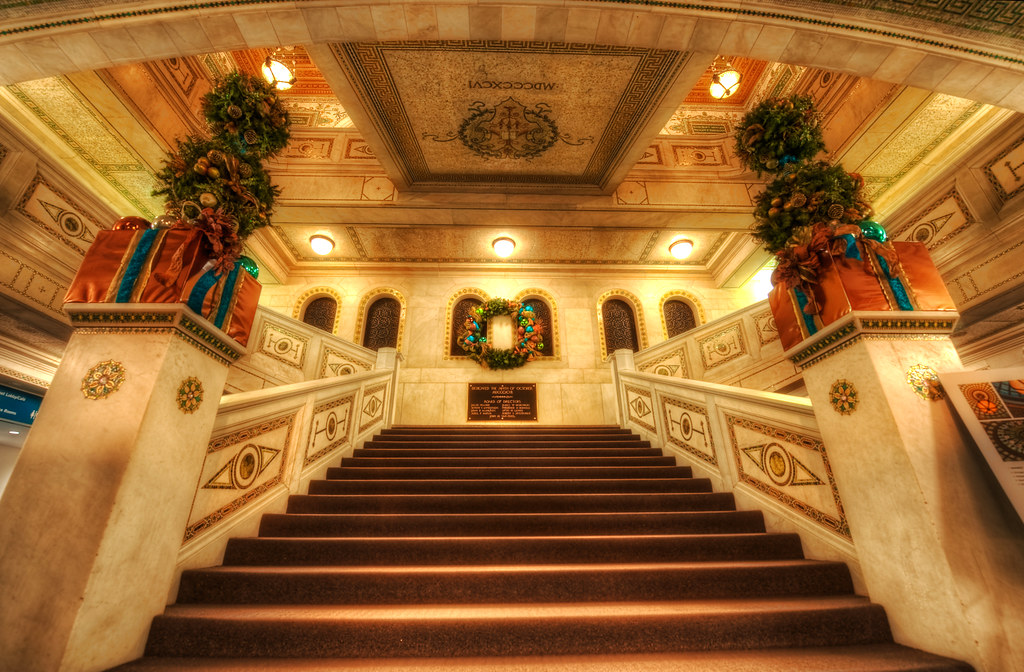
- Chicago is a hub for music, theater, comedy, and improv. Iconic venues include The Second City, the Goodman Theatre, and the Steppenwolf Theatre Company.
- It hosts the largest outdoor food festival in the world, Taste of Chicago. The free event draws over 3 million attendees annually.
- The Lollapalooza music festival started in Chicago in 1991. It was inspired by England’s Reading Festival and went on tour in the U.S.
- The Magnificent Mile is Chicago’s premier shopping district. This stretch along Michigan Avenue houses high-end stores, restaurants, hotels, and attractions.
- The Art Institute of Chicago is one of the oldest and largest art museums in the U.S. Its collection houses works by Monet, Renoir, Hopper, and Warhol.
- Millennium Park is Chicago’s top attraction. Features include the Bean sculpture, Crown Fountain, Lurie Garden, and Jay Pritzker Pavilion.
- The Chicago Cultural Center offers free music, art, and events. Housed in an 1893 building, it’s home to the world’s largest stained glass Tiffany dome.
- The Field Museum has the most complete T. rex fossil ever found. “Sue” is the museum’s star attraction with over 200 original bones intact.
Sports and Recreation
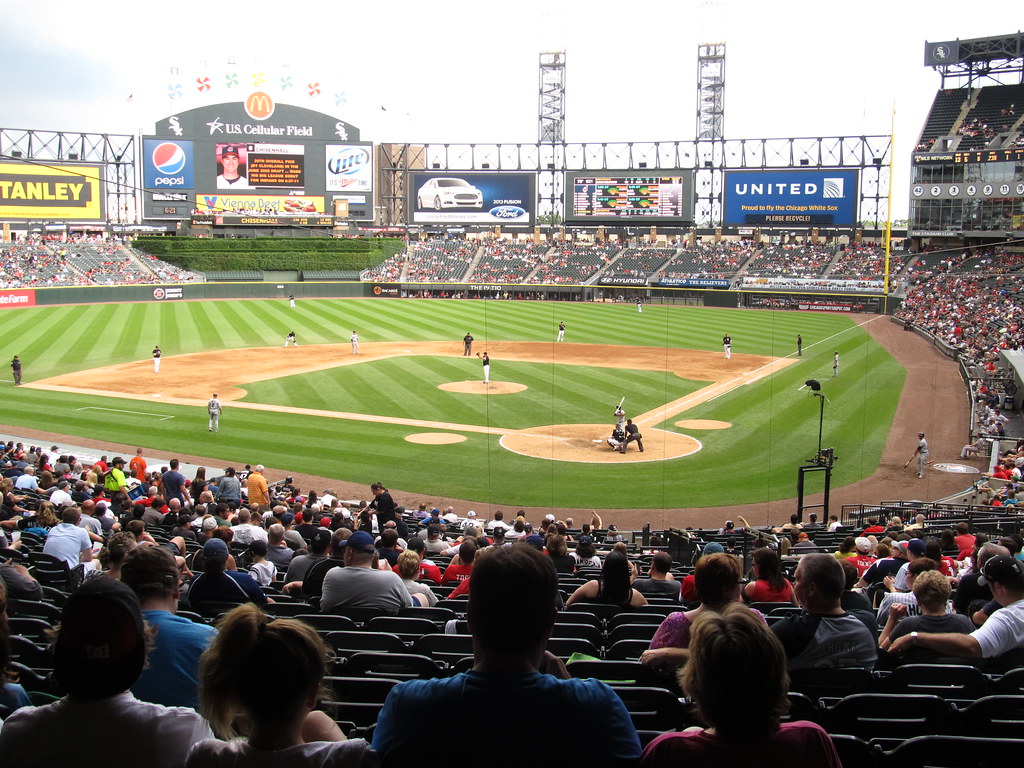
- The Chicago Cubs ended their 108-year World Series drought in 2016. Wrigley Field, the team’s home since 1916, is the second oldest ballpark in the majors.
- Soldier Field is home to the Chicago Bears football team. The oldest NFL franchise plays in the league’s oldest stadium.
- The Chicago Bulls won six NBA championships in the 1990s. Michael Jordan led the team during its dynastic run.
- The Chicago Blackhawks have won six Stanley Cups. Recent wins came in 2010, 2013, and 2015.
- Chicago residents enjoy over 600 public parks. Grant Park, Millennium Park, and Lincoln Park are the most popular.
- The Chicago Marathon is held each October. The 26.2-mile race is one of six World Marathon Majors.
- Navy Pier houses amusement rides, shops, restaurants, and more. The 3,300-foot-long pier stretches into Lake Michigan.
- McCormick Place is America’s largest convention center. Its 2.6 million square feet of space hosts over 125 events annually.
Transportation

- O’Hare and Midway International Airports serve Chicago. O’Hare is one of the world’s busiest airports based on takeoffs and landings.
- Chicago has the second-largest public transportation system in the U.S. The Chicago Transit Authority operates buses and the iconic “L” train system.
- Regional rail hub Union Station opened in 1925. Over 120,000 passengers pass through each day.
- U.S. Route 66 starts in downtown Chicago. The “Mother Road” stretches 2,400 miles west to Santa Monica.
- A network of expressways connects the metro area. The Kennedy, Eisenhower, Dan Ryan, and Stevenson are among the major freeways.
- The Chicago “L” is the second oldest rapid transit system in the U.S. The elevated railway opened its first route in 1892.
- Metra operates an extensive commuter rail system. The 11 lines serve over 230 stations spanning four Illinois counties.
Economy and Infrastructure
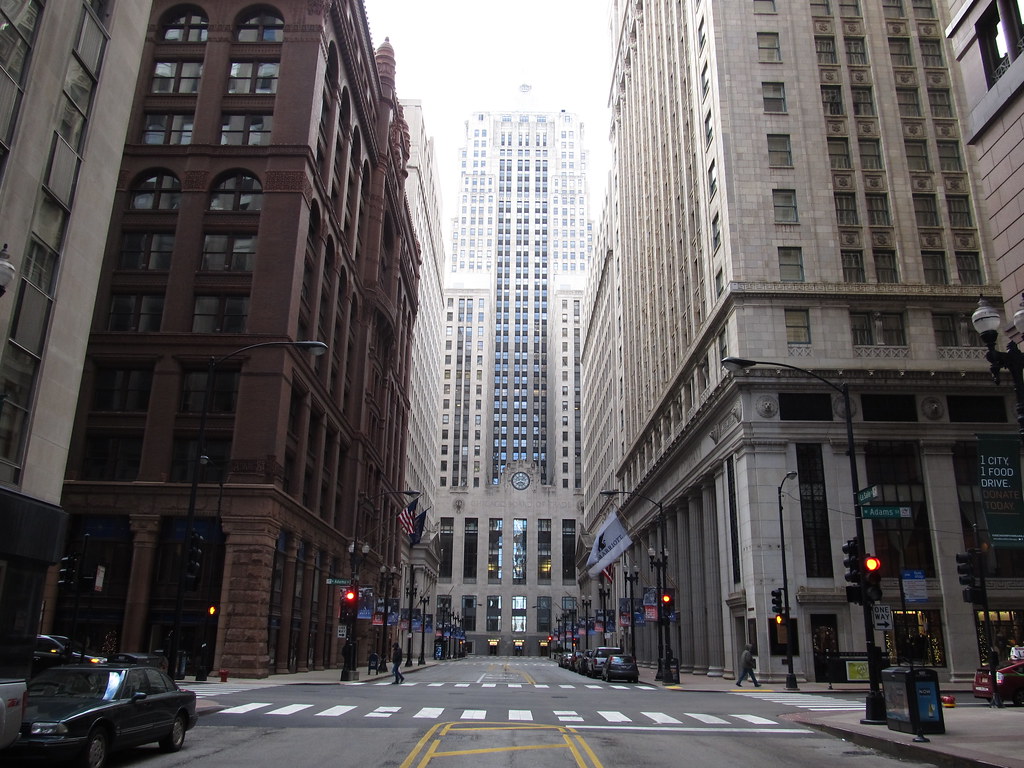
- Chicago is a major global financial center and futures exchange hub. Trading takes place at venues like the Chicago Mercantile Exchange and the Chicago Board of Trade.
- O’Hare International Airport is an economic engine. The airport contributes over $38 billion annually to the metro economy.
- Tourism and conventions are major contributors. Over 50 million people visit Chicago each year.
- Manufacturing is still vital to Chicago’s economy. Food processing, printing, machinery, and petroleum are key industries.
- Several colleges are top Chicago employers. The University of Chicago, Northwestern University, and the University of Illinois at Chicago each employ over 15,000 people.
- Chicago diverges treated water from Lake Michigan. The Jardine Water Purification Plant is the world’s largest.
- Fermilab operates a powerful particle physics laboratory. It runs the second highest-energy particle accelerator in the world.
- The city has over 5,000 high-rises, the most in the U.S. Chicago’s skyscrapers helped it earn the nickname “City of Skyscrapers.”
Politics and Government
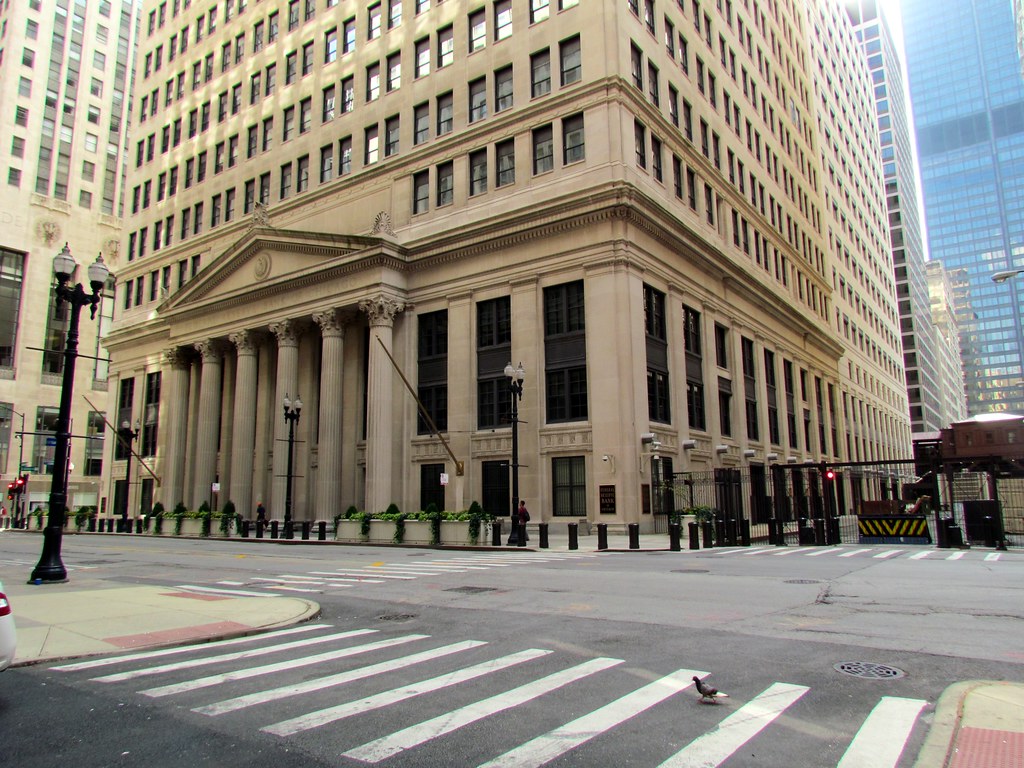
- The first Ferris Wheel debuted at Chicago’s 1893 World’s Fair. Engineer George Ferris invented the original 264-foot wheel for the fair.
- Chicago City Hall is located in the historic Chicago Building. Opened in 1911, the 14-story structure is one of the world’s tallest city halls.
Conclusion
From its charming neighborhoods and vibrant culture to its iconic architecture and pivotal role in U.S. history, Chicago brims with unique facts and stories. The Windy City continues to astonish with its world-class museums, entertainment, culinary scene, sports, and economy. Whether planning a visit or simply wanting to learn more, these 55 facts provide a fascinating insight into one of America’s greatest metropolises. Chicago has cemented its place as a leading global city for business and tourism alike.
